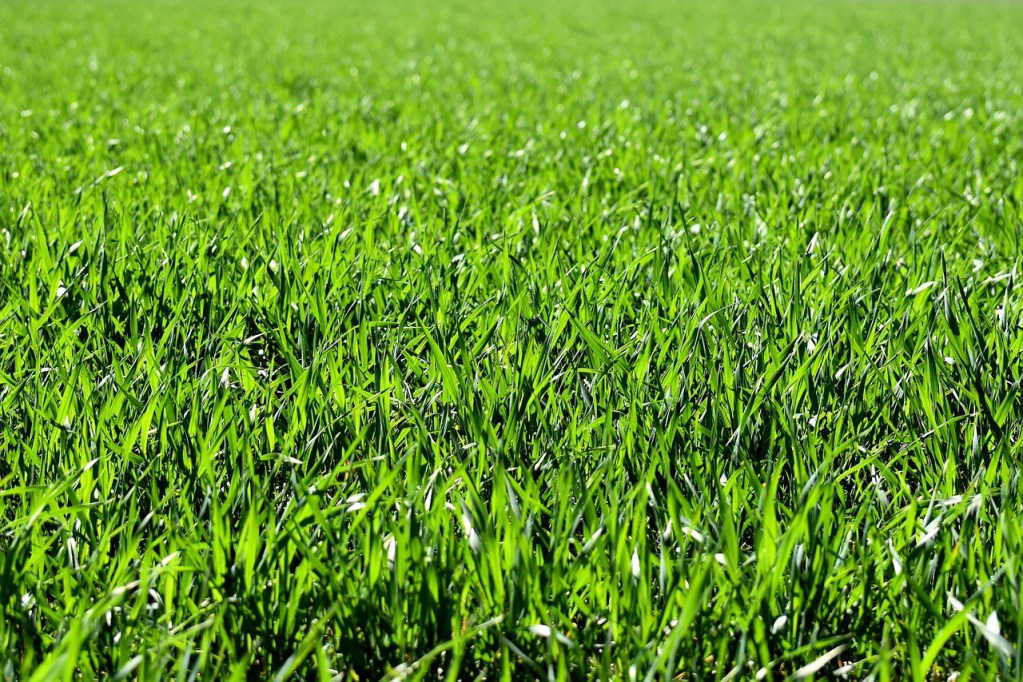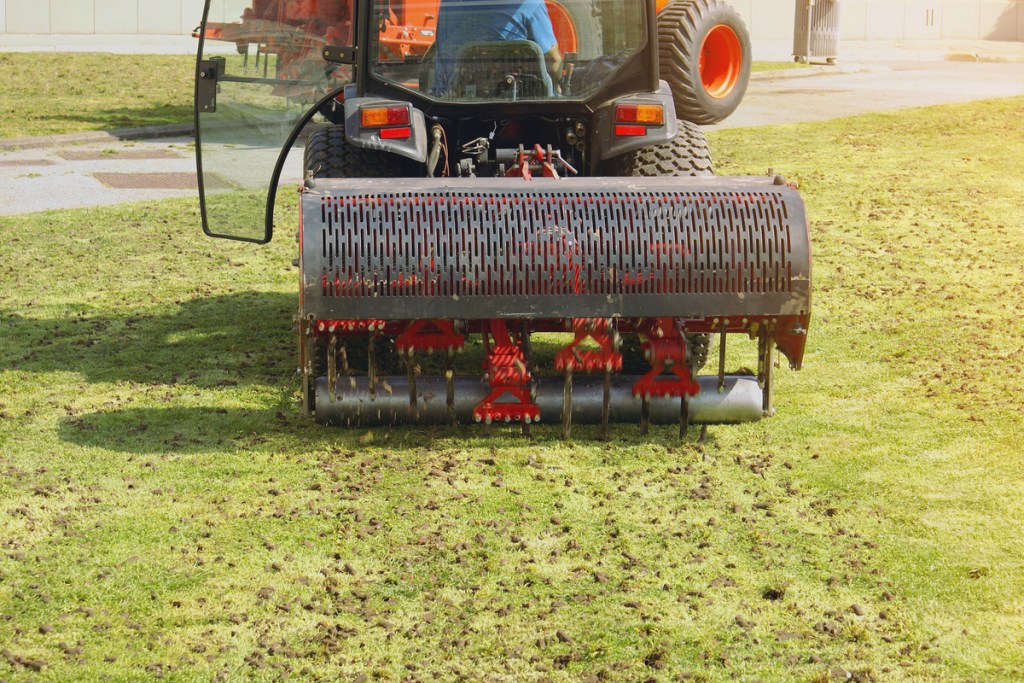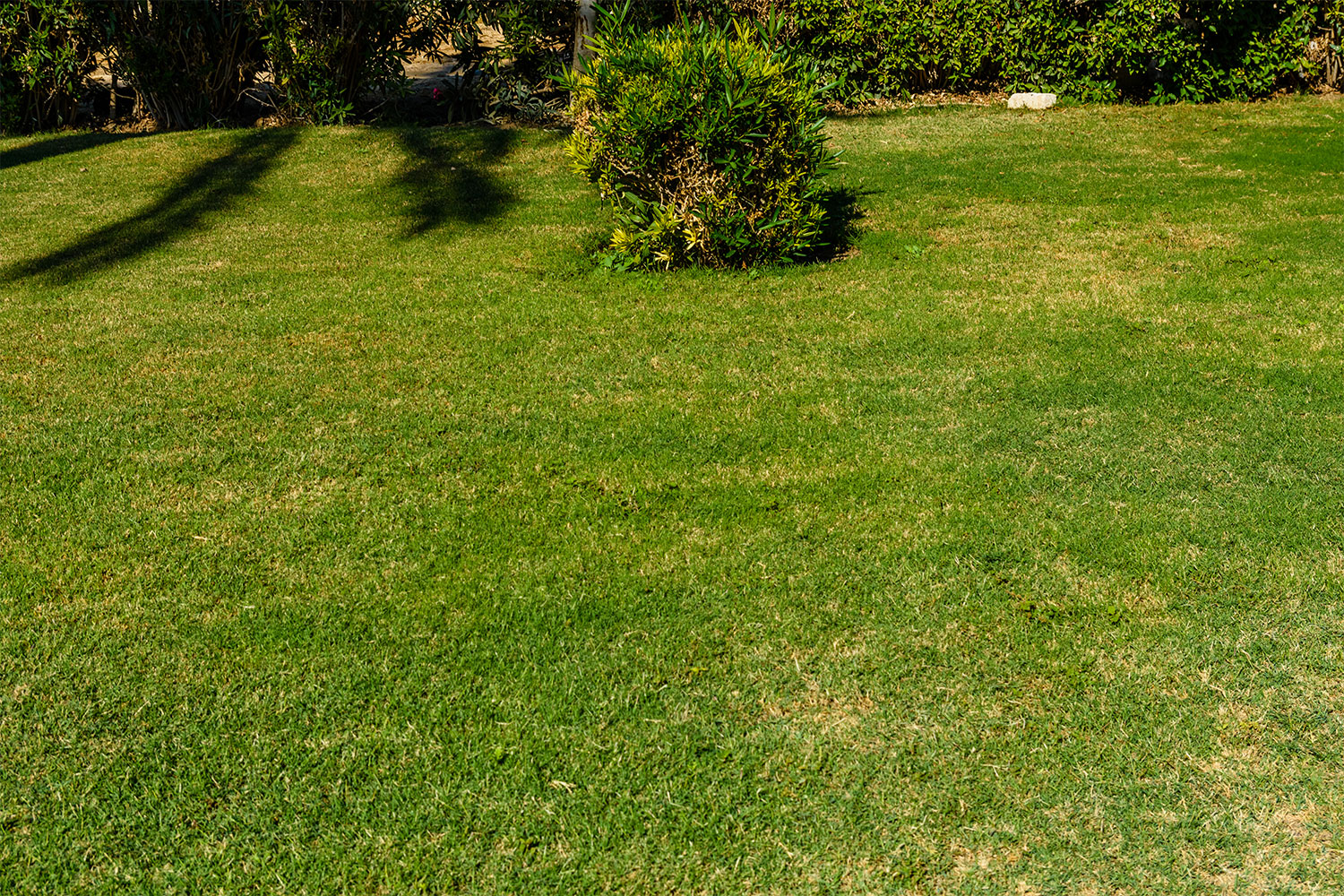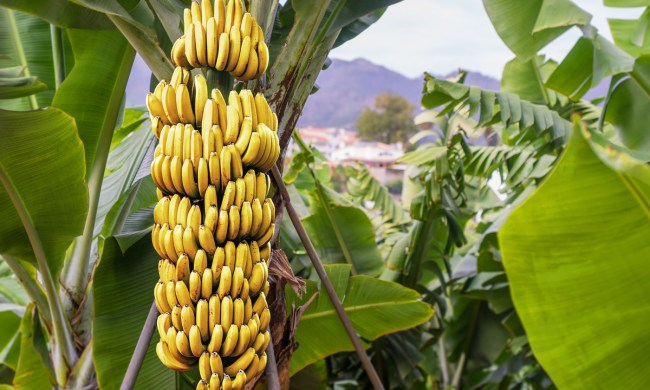Getting a vibrant green lawn can be tricky, and there are several factors that can make it easier or harder. The way you seed your lawn can make a huge difference, especially if the seeding method you choose isn’t compatible with the type of lawn you have. Each lawn seeding method has its pros and cons, and it’s good to know about each option before you start. One option you might not be aware of is slit seeding, also sometimes called slice seeding. What is slit seeding, and how can it help you achieve the lawn of your dreams? This guide will answer all your questions.
What is slit seeding?

Despite its somewhat unusual name, slit seeding is a fairly simple lawn seeding method. A slit seeder is used to cut slits into the ground, and seeds are planted directly into the soil. With most seeding methods, you scatter grass seeds on top of the soil. Then the seeds germinate and grow roots into the soil over time; however, the seeds could be exposed to elements like wind, wildlife, and intense sunlight. If the seeds are scattered directly onto the soil, enough seeds will be able to germinate — then this isn’t much of an issue.
However, if the seeds land on thatch or the layer of dense, dry grass and plant matter that forms between the grass and the soil, the seeds may not reach the soil to germinate properly. Slit seeding ensures that the seeds reach the soil.
The pros and cons of slit seeding

Slit seeding is highly effective, providing an incredible germination rate. It’s also fairly simple to accomplish if you have access to a slit seeder. The slit seeder tool does all the work for you by slicing the lines into the lawn and dropping the seeds into it as it goes. Some models only cut the holes, leaving you to spread the seeds, but this is still easy to do. There are larger options for wider areas of land and smaller ones that more closely resemble push mowers. With a slit seeder, all you need to do is use the tool and reap the rewards.
However, the fact that a special tool is needed for slit seeding is also a major downside. Depending on where you live, you may be able to rent a slit seeder from a landscaping company or store. In some cases, you may need to purchase your own slit seeder. Since this is not a tool you’ll be using often (unless you plan on starting your own lawn care business), it’s not a very cost-effective way to get to your goal. While there are ways to DIY slit seeding, they are more difficult and tend to be labor intensive.
When is slit seeding most effective?

While you can use slit seeding to seed any lawn, it isn’t the most effective method for every lawn. Slit seeding is most effective when you have a lawn that’s patchy or thin due to thatch buildup. Since the blades of the seeder cut through the thatch, it can help loosen the thatch to let your grass breathe a little easier.
If your lawn is fairly thick, but is struggling with thatch, then it may be time for a general dethatching, or perhaps aerating and overseeding your lawn to revitalize it. Of course, if you have no lawn at all, and are trying to grow grass in plain soil, then slit seeding won’t offer you any extra benefits. Just use a broadcast spreader to seed your new lawn.
Can you DIY slit seeding?

You can, but it’s challenging. Your DIY slit seeder needs to cut into the thatch and soil without ripping up the grass already growing there. If you’re handy and love building your own tools, then this may be a fun challenge for you. Some enterprising gardeners and farmers have created their own slit seeders using saw blades, rototillers, or harrows. It may take trial and error to craft a tool that works for you and your lawn, but if you’re up to the challenge, it can be a fun puzzle to solve. Just be sure to use proper safety gear while making your DIY slit seeder.
You can also opt for a similar but simpler alternative. Dethatching or aerating your lawn before seeding it won’t give you all the same benefits as slit seeding, but it will still provide some of them. Switching to these methods will still increase the number of seeds; making it through the thatch to the soil, so you’ll still see a high germination rate. It just might not be as high as with slit seeding. Additionally, you may still need to rent or purchase a dethatcher or aerator, or put in the effort to do it yourself with a rake or pitchfork.
Slit seeding is an effective method when used correctly, but it can be intimidating for beginners. If your lawn has thatch buildup and you’re able to rent a slit seeder, then this is a great option for you. Of course, there are also plenty of alternatives if you’d prefer a different lawn seeding method.




